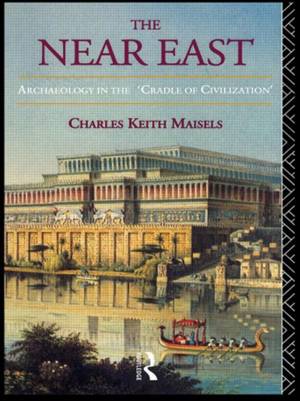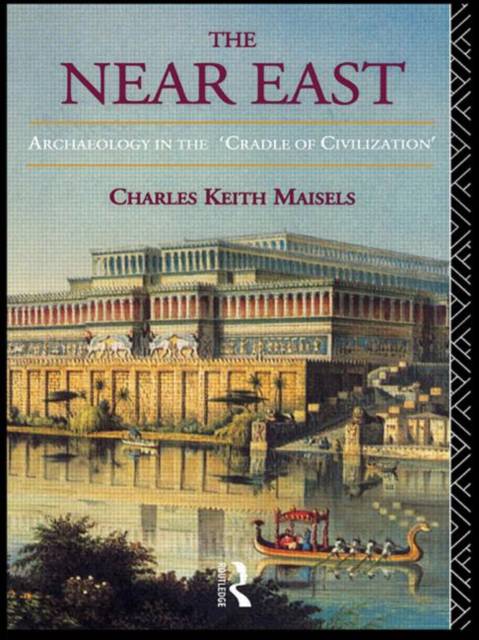
- Afhalen na 1 uur in een winkel met voorraad
- Gratis thuislevering in België vanaf € 30
- Ruim aanbod met 7 miljoen producten
- Afhalen na 1 uur in een winkel met voorraad
- Gratis thuislevering in België vanaf € 30
- Ruim aanbod met 7 miljoen producten
Zoeken
€ 274,95
+ 549 punten
Uitvoering
Omschrijving
The transition from foraging, farming and the neolithic village to the city-state is a complex and fascinating period. Studies on the prehistory of the Near East by nineteenth and twentieth century pioneers in the field transformed archaeology through the creation of the 'Ages System' of Stone, Bronze and Iron. The Near East provides a developmental account of this period contextualised by discussion of the emergence of archaeology as a discipline.
The Near East details the causes and effects - enviromental, organizational, demographic and technological - of the world's first village farming cultures some eight thousand years ago. Charles Maisels explains how cities such as Uruk and Ur, Nippur and Kish formed as a result of geological factors and the role of key organizational features of Sumerian society in introducing the world's first script, system of calculation and literature.
The Near East details the causes and effects - enviromental, organizational, demographic and technological - of the world's first village farming cultures some eight thousand years ago. Charles Maisels explains how cities such as Uruk and Ur, Nippur and Kish formed as a result of geological factors and the role of key organizational features of Sumerian society in introducing the world's first script, system of calculation and literature.
Specificaties
Betrokkenen
- Auteur(s):
- Uitgeverij:
Inhoud
- Aantal bladzijden:
- 256
- Taal:
- Engels
- Reeks:
Eigenschappen
- Productcode (EAN):
- 9780415047425
- Verschijningsdatum:
- 25/02/1993
- Uitvoering:
- Hardcover
- Formaat:
- Genaaid
- Afmetingen:
- 167 mm x 242 mm
- Gewicht:
- 648 g

Alleen bij Standaard Boekhandel
+ 549 punten op je klantenkaart van Standaard Boekhandel
Beoordelingen
We publiceren alleen reviews die voldoen aan de voorwaarden voor reviews. Bekijk onze voorwaarden voor reviews.











